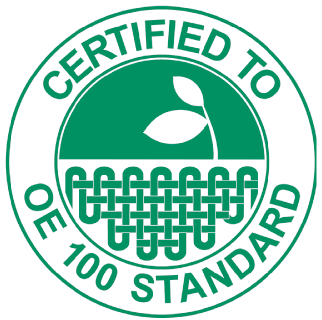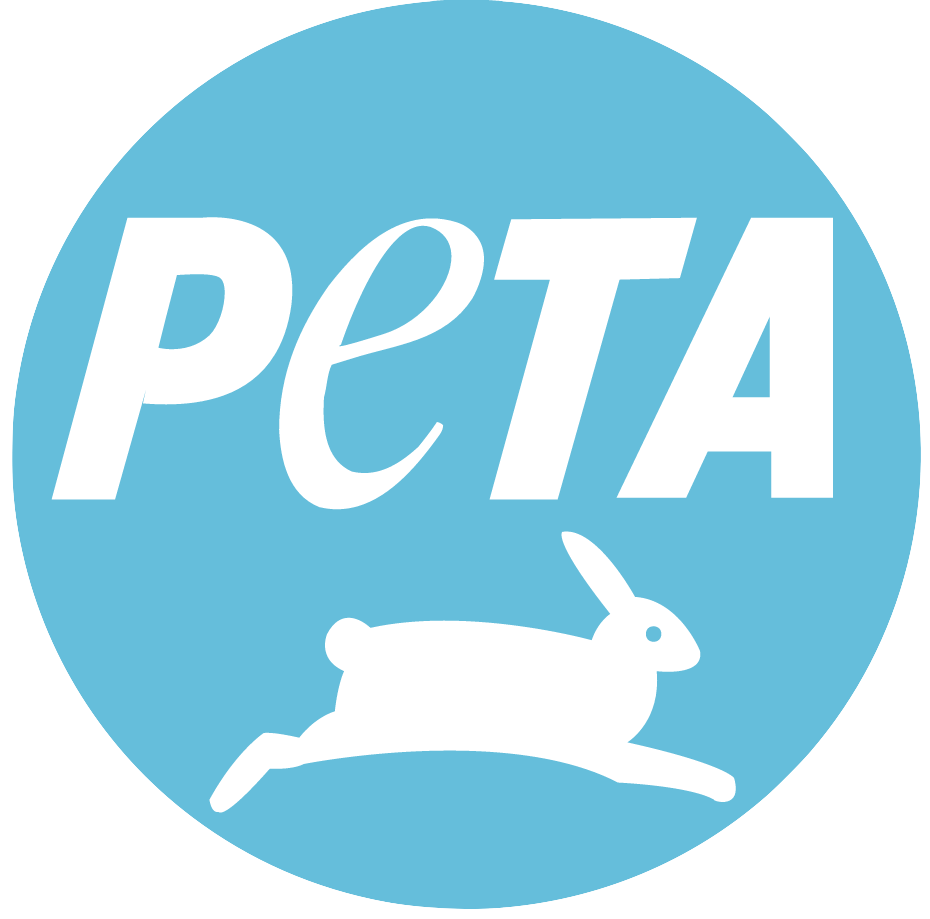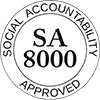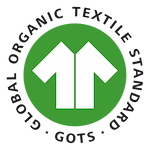- Clothes
- Bags
- Accessories
-
Inspiration
- Shoes

OEKO-TEX has a number of certification schemes, of which the STANDARD 100 is the most known and used. With the OEKO-TEX STANDARD 100 certification, the end product is always certified. Products that have this certification are free from hazardous chemicals and materials.
The other OEKO-TEX certifications are MADE IN GREEN and the LEATHER STANDARD, both of which are certifications for the final product. Products with this certification also had to undergo criteria for more sustainable production. Finally, OEKO-TEX also has STeP certification. This standard can be used to certify a production facility for more sustainable production.
Find out what's the story behind your clothing by understanding the certificates. Use the scores to discover at a glance what a certificate means in different sustainability areas.
Waterproof, stain-resistant and wrinkle-free clothing often contains toxic substances that can even be carcinogenic.
The OEKOTEX STANDARD 100 only checks that the end-product does not contain any substances or materials that are harmful to the health of the user or wearer. The person for whom it is intended is taken into account (with products for children they are stricter), and what the product is intended for.
Score: 1/4 There are actually no criteria for environmentally friendly production, except that no toxic substances may be used.
This does not apply to this certification.
Score: 0/4
This does not apply to this certification.
Score: 0/4
Every garment that is OEKO-TEX STANDARD 100 certified has a label with a certification number, this number can be entered on the OEKO-TEX website to check whether this certification is still valid.
There is no incentive to further improve after obtaining this certification.
Score: 2/4
Periodic audits are carried out by a third independent party.
Score: 4/4

A certificate

SA8000

Global Organic Textile Standard
Together we can make a difference! Subscribe to the newsletter to stay up to date about fair and sustainable fashion. We plant a tree for every subscription! 🌳